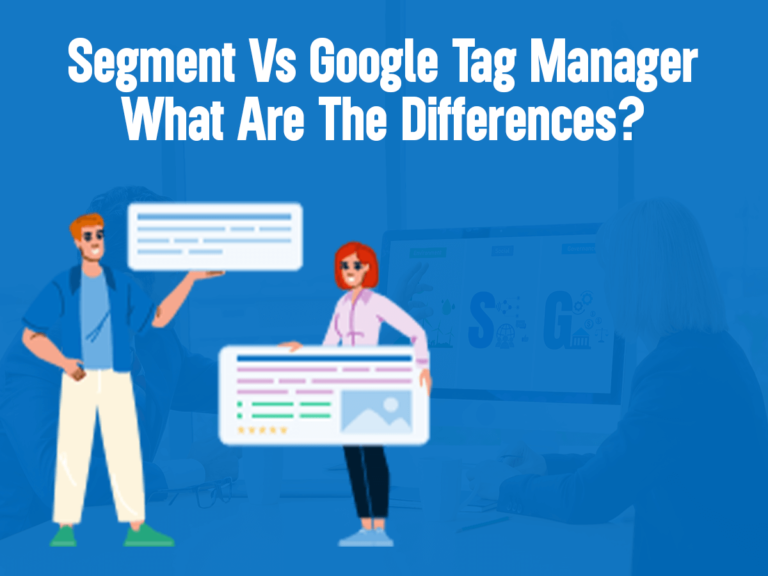
Setting up Google Analytics 4 for Multiple Clients
Setting up Google Analytics 4 for multiple clients is a fundamental requirement for digital marketing agencies and web consultants seeking to provide comprehensive insights and data-driven strategies. This process allows you to effectively monitor and analyze website performance, tailor strategies,





